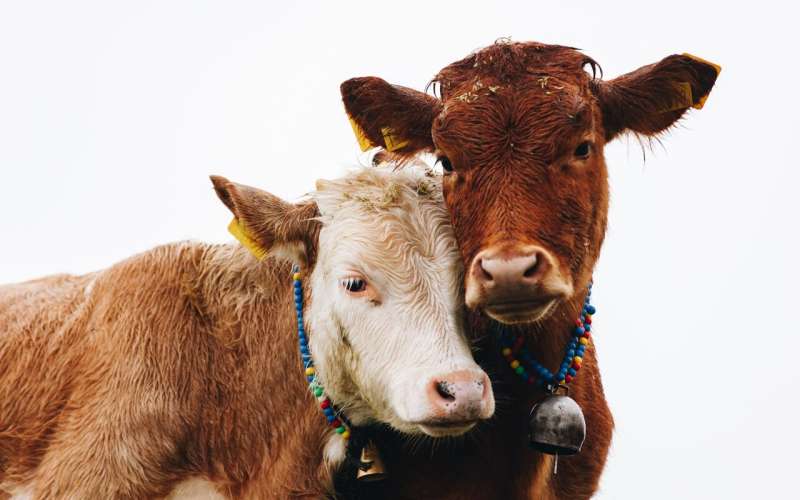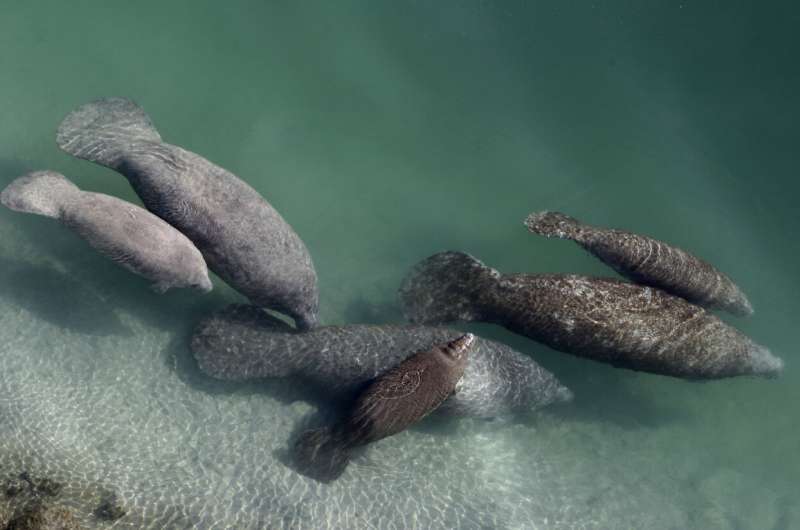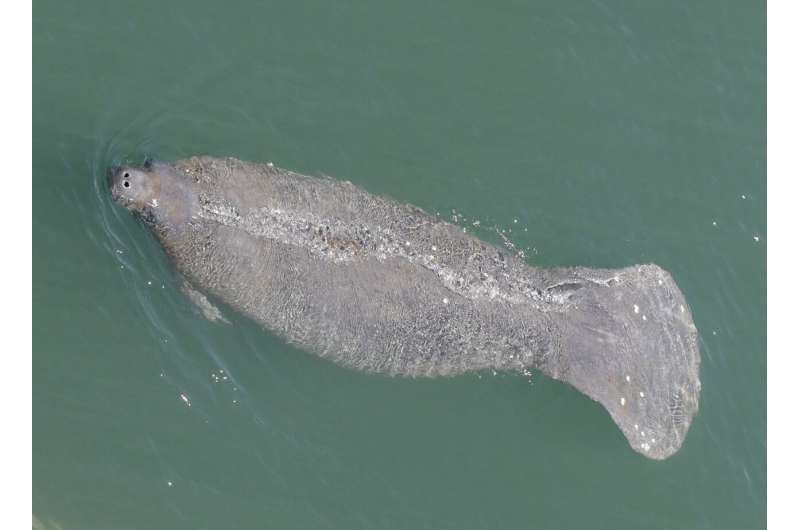Researchers evaluate and identify consistent indicators to support sustainability on U.S. ranches
Standardized ecological, social and economic indicators can help ranchers track and communicate about sustainability.
Peer-Reviewed PublicationLivestock grazing on well-managed rangelands can help secure clean water, enhance habitat, address climate change, and sustain rural communities. Ensuring the sustainability of livestock agriculture is not only vital to feeding a growing world, but it’s essential to a healthy future, which is why a research team led by The Nature Conservancy (TNC) and World Wildlife Fund (WWF) set out to help ranchers more consistently measure, manage, and communicate about the sustainability of their operations. The 20-person team produced a study detailing 20 core indicators commonly used to support ranch-level sustainability.
The study, “A Synthesis of Ranch-Level Sustainability Indicators for Land Managers and to Communicate Across the U.S. Beef Supply Chain,” was recently published in Rangeland Ecology & Management.
Rangelands span some 770 million acres across the United States. As the stewards of such a vast area of land, cattle ranchers need to be equipped with the tools necessary to measure, manage, and communicate the sustainability of their ranches, especially given the increasing commitments by food companies and demand by consumers to advance sustainability across the beef supply chain.
“There’s increasing interest and effort among multiple beef supply chain players to measure and track sustainability at the ranch level, but there’s currently a lack of uniform measurements,” said Patrick Lendrum with World Wildlife Fund’s Northern Great Plains Program. “To effectively track sustainability in the U.S. beef industry, notably one of the most complex food systems in the world, we need common indicators that are actionable on the ground, measure progress toward sustainability goals of companies and consumers, and enable ranchers to consistently communicate improvements to their operations.”
Taking steps toward this goal, the researchers focused on summarizing commonly used ecological, social, and economic indicators that could inform adaptive management toward enhanced sustainability. They evaluated 21 range and pastureland assessments from organizations, agencies, and academics that totaled 180 indicators. From this, the team selected 20 commonly used “core” indicators (12 ecological and 8 socioeconomic), which are designed to detect change over time for management practices, are common among many approaches, and/or are critical for outcomes of common interest to producers, companies, and consumers. While these indicators are relevant for rangelands across the United States, they may be measured differently in different parts of the country, due to regional variabilities.
“We found consistent ecological indicators that rose to the top, but we also found less emphasis on the economic and social indicators in current frameworks, which are equally important when striving to achieve a sustainable operation,” said Marissa Ahlering, Ph.D., lead scientist with The Nature Conservancy in Minnesota, North Dakota and South Dakota. “We do, however, recognize that social and economic indicators – such as community health and income – include much more sensitive and context-dependent information, thus presenting a greater challenge.” Only 5 of the 21 assessments reviewed included socioeconomic indicators
More consistently used and agreed upon indicators spanning ecological, social and economic interests will lead to a better understanding of sustainability at the ranch level, which in turn would better equip ranchers with the information necessary to communicate how they are making progress toward sustainability goals in their own operations.
“Ranching is a complex business. Thriving in that business, particularly for any rancher who relies on the ranch for a livelihood, requires close attention to every detail. And the most fundamental detail is that of rangeland health,” said Mickey Steward of Seacross Ranch in Lodge Grass, Montana. “Constant monitoring, both formal and informal, is necessary to ensure that ecological health across the spectrum of plant and wildlife communities, soil, and hydrology is constantly improving. Drought resilience and every aspect of sustainability depend on the keen eye of the rancher buttressed by data collection and analysis on many levels. And, as with any other endeavor, documentation is essential to understanding and applying the knowledge gained from unceasing observation and application of the results of that observation,” Steward said.
Grazing has the largest footprint of any agricultural activity, making it imperative that producers can track and manage these lands for clean water, climate and biodiversity benefits, social and economic outcomes. By developing a consistent standardized set of sustainability indicators to measure on-ranch progress, determine adaptive management strategies, and communicate results is an essential first step to ensuring that ranchers, companies and consumers are closer to achieving their sustainability goals.
Additional co-authors on the paper include Clare Kazanski, Pablo Borrelli, William Burnidge, Lexi Clark, Chad Ellis, Kirk Gadzia, Jonathan Gelbard, Sasha Gennet, Jeff Goodwin, Jeffrey E. Herrick, Emily Kachergis, Corrine Knapp, Nancy Labbe, Kristie Maczko, Elizabeth Porzig, David Rizzo, Sheri Spiegal, and Christopher Wilson.
# # #
About The Nature Conservancy
The Nature Conservancy is a global conservation organization dedicated to conserving the lands and waters on which all life depends. Guided by science, we create innovative, on-the-ground solutions to our world's toughest challenges so that nature and people can thrive together. We are tackling climate change, conserving lands, waters and oceans at an unprecedented scale, providing food and water sustainably and helping make cities more sustainable. Working in 72 countries, we use a collaborative approach that engages local communities, governments, the private sector, and other partners. To learn more, visit www.nature.org or follow us on Twitter at @nature_press.
About World Wildlife Fund (WWF)
WWF is one of the world’s leading conservation organizations, working for 60 years in nearly 100 countries to help people and nature thrive. With the support of more than 5 million supporters worldwide, WWF is dedicated to delivering science-based solutions to preserve the diversity and abundance of life on Earth, halt the degradation of the environment, and combat the climate crisis. Visit worldwildlife.org to learn more; follow @WWFNews on Twitter to keep up with the latest conservation news; and sign up for our newsletter and news alerts here.
JOURNAL
Rangeland Ecology & Management
METHOD OF RESEARCH
Systematic review
SUBJECT OF RESEARCH
Not applicable
ARTICLE TITLE
A Synthesis of Ranch-Level Sustainability Indicators for Land Managers and to Communicate Across the U.S. Beef Supply Chain
ARTICLE PUBLICATION DATE
25-Oct-2021









